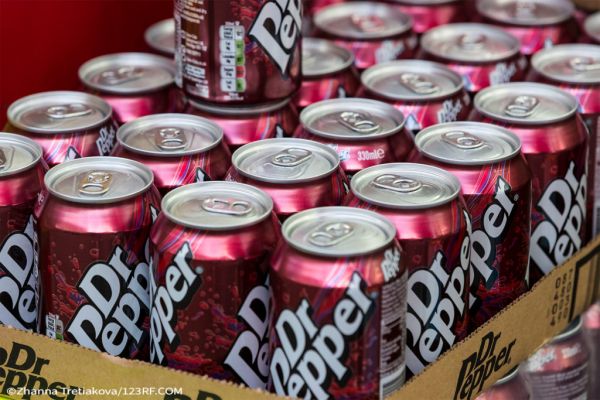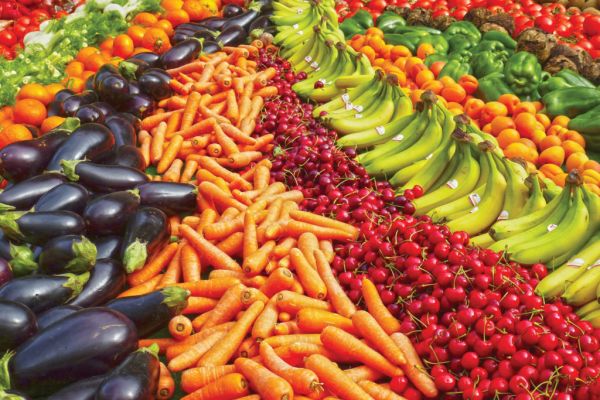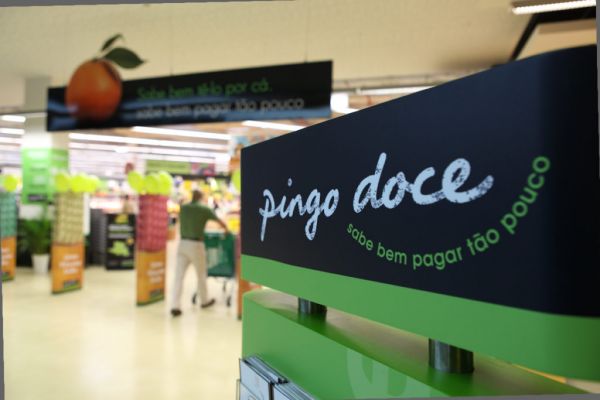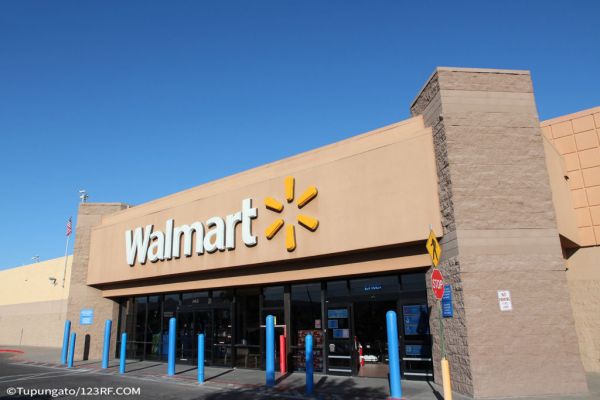Supplying to over 130,000 outlets in ten European countries, convenience wholesaler the Lekkerland Group has one of the largest supply networks in Europe, taking into account convenience outlets, forecourts, corner shops and specialty retailers. Unsurprisingly, tobacco accounts for a large proportion of its sales. ESM talks to the company’s chief executive, Christian Berner.Last year was a good year all round for the Lekkerland Group. Celebrating the 50th anniversary of its German operations, the convenience wholesaler, which now has subsidiaries in ten different countries, increased its turnover to €12.2 billion last year (up €200 million from the previous year), while its after-tax profits rose 18.5 per cent to €64 million. In its German home, Lekkerland made €6.66 billion, around 54 per cent of its total turnover, while its Eastern European businesses grew 10.9 per cent to account for €1 billion in sales for the first time. As European retailers look to develop new formats in a bid to strengthen their portfolio and take advantage of a resurgence in the market, Lekkerland has cemented its position as the king of the convenience sector.
As the business has grown, so Lekkerland has invested heavily in improving its category management and sales promoting tools. Last year saw the introduction of a new sales programme, Lekkerland Flex, and the opening of a new logistics centre in Berlin; moves that the company’s chief executive, Christian Berner, sees as essential to the company’s continued growth. “One key factor in our business is that we are not only the suppliers for our customers, but also their partners,” he explains. “The focus in category management is on optimum product selection, perfectly mastered placement of products and successful sales promotion. We advise our customers in so far as to use their space in the shop in the best way possible and to adapt their assortment and offers to their location and customer structure. As a result, the consumer finds what he needs or wishes for in the shop at one glance.”
It’s this level of versatility that enabled the company to grow its sales figures in several of its key categories, including tobacco, a remarkable feat given the increased legislation affecting the sector. The company’s tobacco goods sector grew 3 per cent in 2010 to €9.814 billion, a performance Berner describes as “gratifying […] but in the future we will have to deal with growing restrictions as well as with falling margins and volumes in this segment.”
Lekkerland offers a full range of 7,200 articles relating to the tobacco sector, and the company understands the need to maintain a strong tobacco presence in its stores. All stores Lekkerland supply to recommend that at least 150 standard tobacco products are available, independent of the existing shelf area, to ensure that customers are facilitated.
In food/non-food, while there was a slight reduction of 3.6 per cent in sales to €2.256 billion, this was offset somewhat by increased sales in the ‘Electronic Value (e-va)/Miscellaneous’ segment (including terminals for e-loading prepaid debit cards with cash), which grew to €130 million.
To achieve this growth, Lekkerland has invested heavily in programmes aimed at tailoring the product mix to individual markets. Its foodservice division, Lekkerland Food Intelligence, established in 2008, seeks to develop new products for the foodservice market, while its ‘Agenda for Growth’ strategy, launched the same year, is focused on determining growth areas in diverse customer markets. It’s certainly not a case of ‘one size fits all’. “‘Agenda for Growth’ is leading our way into the future,” says Berner. “It defines how Lekkerland can adapt flexibly to the continually changing and increasingly tough framework conditions in the sector [and how we can] grow our markets and expand our product ranges strategically for our future success.
“We are not only striving to grow in existing customer segments but also in new product ranges. For example, we have established a web shop in Germany as we have done before in other subsidiaries as well, where our customers can order products online. We are also expanding our foodservice segment with our division Lekkerland Food Intelligence. In a nutshell, we are constantly reconsidering and analysing what we do and adapt our services to new developments in the sector and the needs of our customers and the consumers.” Lekkerland also recently founded Convivo, an organisational unit where it will bundle all activities regarding its in-house brands. The company’s private label range features around 200 products across 35 brands, including the successful ‘Take Off’ energy drink, which has been successfully launched in Austria, Poland and Romania.
In a bid to establish a better understanding of the latest trends in the convenience sector, the Lekkerland-funded Chair for Convenience and Marketing at the European Business School (EBS) in Oestrich-Winkel was founded in 2008, and a comprehensive study, Convenience in Europe, was published in 2009. Among its interesting findings were the differences between consumer preferences in Germany, Austria and Switzerland: according to the study, while the filled roll is an unbeatable classic among morning shoppers in Germany, with three-quarters of the country’s on-the-go citizens consuming one, this figure drops to less than two-thirds in Austria and Switzerland. In addition, the study found that an important time for ‘on-the-go’ consumption is the evening: 47 per cent of consumers stop at a convenience outlet on their way home at least once a week to buy food or drinks for immediate consumption.
As Berner explains, the study has helped Lekkerland adapt its offering accordingly to the changing environment. “We attach great importance to the research,” he says, “and apart from the ‘Convenience in Europe’ studies, we also commission studies from different consultancy agencies. With regard to customers’ individual needs, their location, their client structure and seasonal or regional peculiarities, we provide our customers with the right products and services.” Berner cites the development of coffee-to-go specialities and an innovative, microwavable scrambled egg product as an example of how the company has tailored its breakfast offering to the ‘on the go’, time-conscious customer.
Expansion is also on the company’s agenda, and recent years have seen the company build on its strong foundations in its target markets and attract new business. In 2010, an agreement with a major oil company was extended to Germany, Austria, the Czech Republic and Romania, while a separate oil company in Spain commissioned the group to take care of the supply chain operation for its forecourt stations. In the Netherlands, the integration of a convenience chain into the company helped it expand its convenience model.
As Berner explains, while there will continue to be challenges both in its home market and overseas, the Lekkerland of today is versatile and efficient enough to meet these challenges head on. “Any kind of legal restriction is a challenge for us; for example, further prohibitions on smoking or the nightly ban of alcohol sales in filling-stations and kiosks like in the state of Baden-Wuerttemberg in Germany. Also in the field of logistics there are a couple of restrictions affecting our business, such as toll fees or limited access for trucks in city centres. Thus, our goal is to consolidate the success of Lekkerland in the convenience sector independently of developments in the convenience trade and any prevailing trends.”
It could be argued that for the amount of turnover generated by Lekkerland's core businesses, the level of profit is relatively small, however, given the fact that with any wholesale operation, both the wholesaler and retailer (which the wholesaler does not own) needs to make a profit - unlike a major multiple, which controls all aspects of the operation.
And with 130,700 clients in nine different countries, serving a potential market of over 240 million people you can forgive its chief executive for being optimistic about the company’s future.













